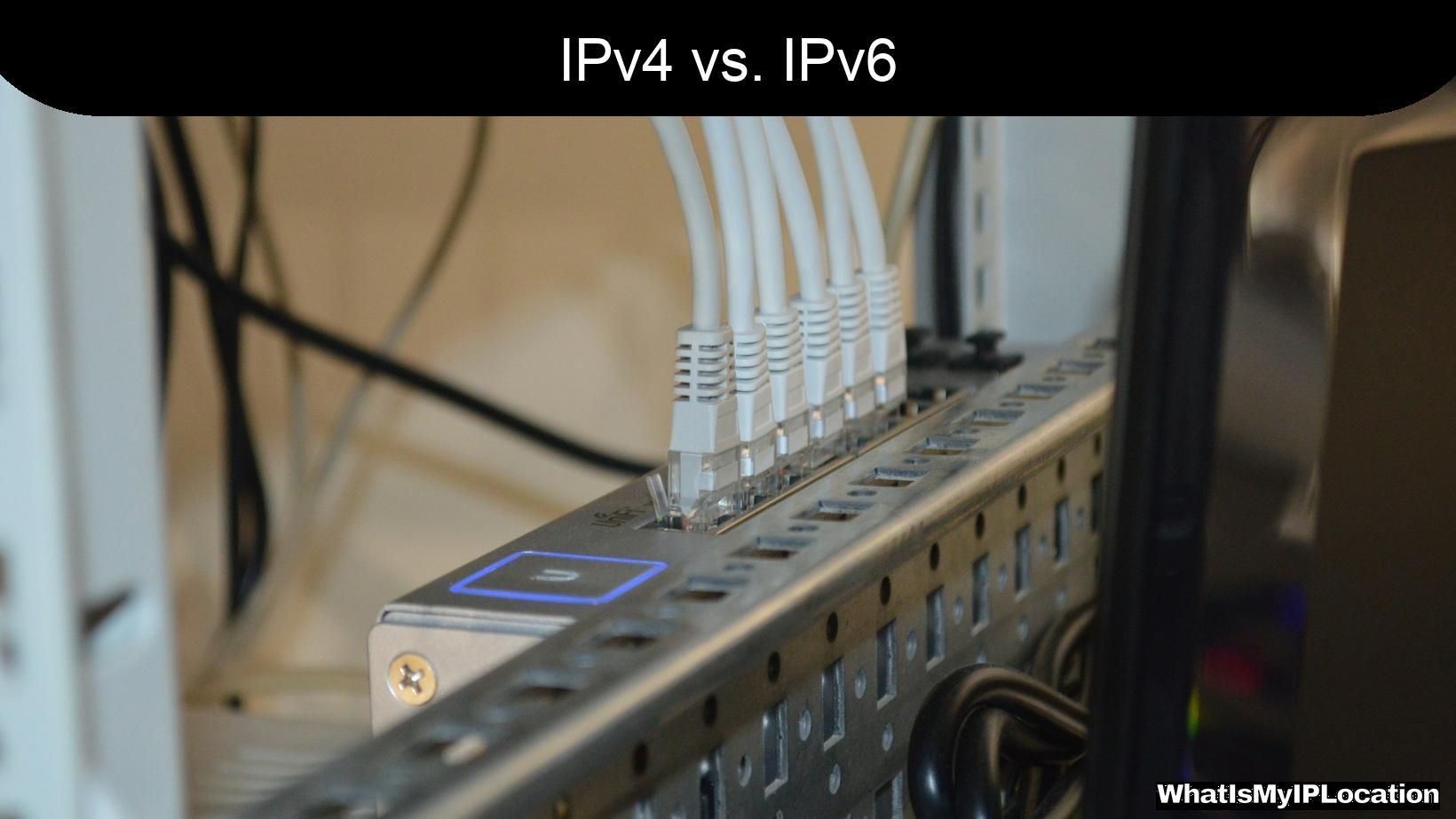In the vast world of the internet, every device needs a unique identifier to communicate effectively. This is where IP addresses come into play. They serve as the digital address for devices, allowing them to send and receive information. However, not all IP addresses are created equal.
In this article, we’ll dive into the two main types of IP addresses: IPv4 and IPv6. By the end, you’ll have a clear understanding of their differences, advantages, and why the transition to IPv6 is crucial for the future of the internet.
What is an IP Address?
An IP address (Internet Protocol address) is a unique string of numbers separated by periods or colons that identifies each computer using the Internet Protocol to communicate over a network.
Think of it as your home address, but for your devices on the internet. Just like you need an address to receive mail, devices need IP addresses to send and receive data.
The Basics of IPv4
What is IPv4?
IPv4 (Internet Protocol version 4) is the fourth version of the Internet Protocol and is the most widely used. It was introduced in the early 1980s and has been the backbone of internet communication for decades.
An IPv4 address consists of four numbers separated by periods, like this: 192.168.1.1. Each number can range from 0 to 255.
Characteristics of IPv4
- Address Length: 32 bits
- Total Addresses: Approximately 4.3 billion unique addresses
- Format: Dotted-decimal notation (e.g., 192.168.0.1)
- Example: 192.0.2.1
Limitations of IPv4
While IPv4 has served us well, it has some significant limitations:
- Limited Address Space: With only about 4.3 billion addresses, we are running out of available IPv4 addresses due to the explosion of internet-connected devices.
- Network Address Translation (NAT): To cope with the shortage, many devices share a single public IP address through NAT, which can complicate network configurations.
- Security: IPv4 was not designed with security in mind, making it more vulnerable to attacks.
The Emergence of IPv6
What is IPv6?
IPv6 (Internet Protocol version 6) is the successor to IPv4, designed to address the limitations of its predecessor. It was developed in the late 1990s and officially launched in 2012.
An IPv6 address is much longer than an IPv4 address, consisting of eight groups of four hexadecimal digits, separated by colons. For example: 2001:0db8:85a3:0000:0000:8a2e:0370:7334.
Characteristics of IPv6
- Address Length: 128 bits
- Total Addresses: Approximately 340 undecillion (3.4 x 10^38) unique addresses
- Format: Hexadecimal notation (e.g., 2001:0db8:85a3:0000:0000:8a2e:0370:7334)
- Example: 2001:0db8:85a3:0000:0000:8a2e:0370:7334
Advantages of IPv6
- Vast Address Space: With an almost limitless number of addresses, IPv6 can accommodate the growing number of devices connected to the internet.
- Simplified Addressing: IPv6 eliminates the need for NAT, allowing devices to have unique public addresses, simplifying network configurations.
- Built-in Security: IPv6 was designed with security in mind, incorporating IPsec (Internet Protocol Security) to provide confidentiality, authentication, and data integrity.
Key Differences Between IPv4 and IPv6
To make it easier to understand the differences between IPv4 and IPv6, here’s a handy comparison table:
| Feature | IPv4 | IPv6 |
|---|---|---|
| Address Length | 32 bits | 128 bits |
| Address Format | Dotted-decimal (e.g., 192.0.2.1) | Hexadecimal (e.g., 2001:0db8:85a3:0000:0000:8a2e:0370:7334) |
| Total Addresses | ~4.3 billion | ~340 undecillion |
| Configuration | Often requires NAT | Simplified, no NAT needed |
| Security | Not built-in | Built-in with IPsec |
| Broadcast Support | Yes | No (uses multicast instead) |
Why Transition to IPv6?
The transition from IPv4 to IPv6 is not just a technical upgrade; it’s essential for the future of the internet. Here are some reasons why this transition is crucial:
- Growing Device Connectivity: With the rise of the Internet of Things (IoT), more devices than ever are connecting to the internet. IPv6 provides the necessary address space to accommodate this growth.
- Improved Performance: IPv6 can lead to better performance due to its simplified routing and reduced need for NAT.
- Enhanced Security: As cyber threats continue to evolve, having built-in security features in IPv6 is more important than ever.
How to Check Your IP Address
Whether you’re using IPv4 or IPv6, it’s easy to check your IP address. Here’s how you can do it:
For Windows Users
- Open the Command Prompt by typing
cmdin the search bar. - Type
ipconfigand press Enter. - Look for your IPv4 and IPv6 addresses listed under your network connection.
For Mac Users
- Open the Terminal application.
- Type
ifconfigand press Enter. - Look for your IPv4 and IPv6 addresses listed under your network interface.
For Mobile Users
You can also check your IP address on mobile devices by visiting websites like WhatIsMyIP.com or by checking your device settings.
Conclusion
Understanding the difference between IPv4 and IPv6 is essential in today’s digital age. While IPv4 has served us well for many years, its limitations are becoming increasingly apparent as the number of internet-connected devices continues to grow. IPv6 offers a robust solution with its vast address space, simplified configurations, and enhanced security features.
As we move forward, embracing IPv6 will be crucial for ensuring that the internet remains accessible and secure for everyone.
So, whether you’re a tech enthusiast or just someone who uses the internet daily, knowing about these two protocols can help you appreciate the underlying technology that keeps us all connected.
